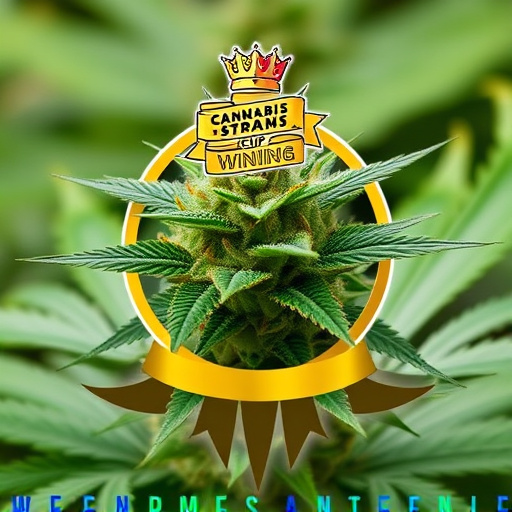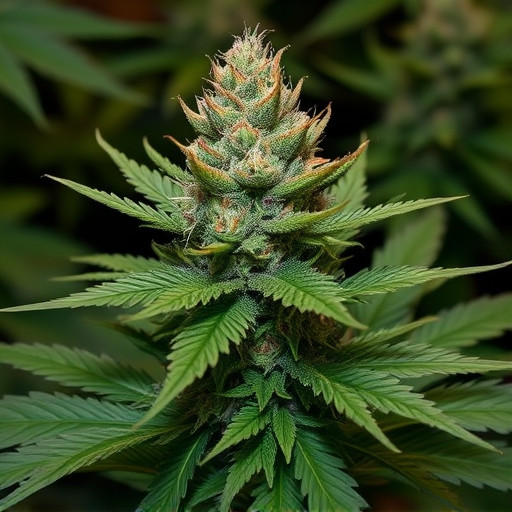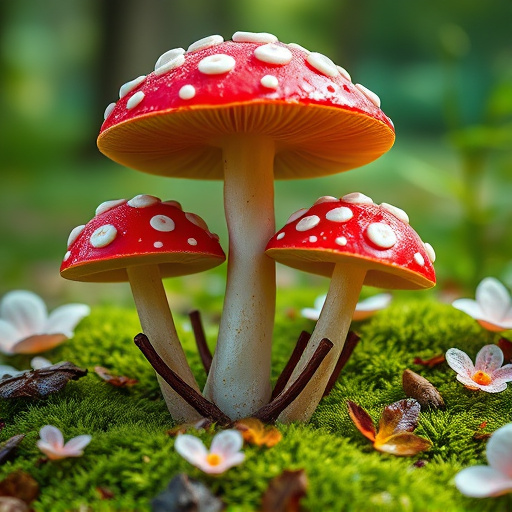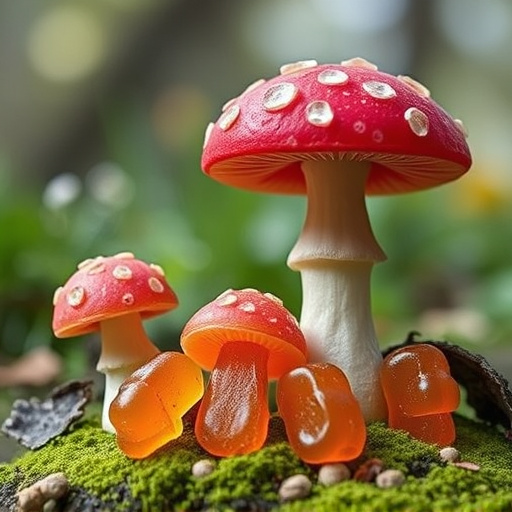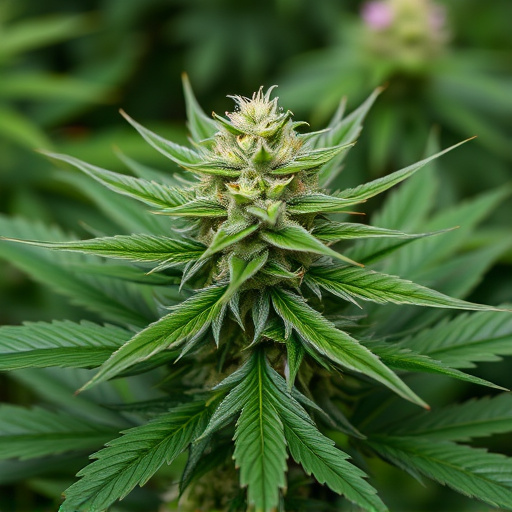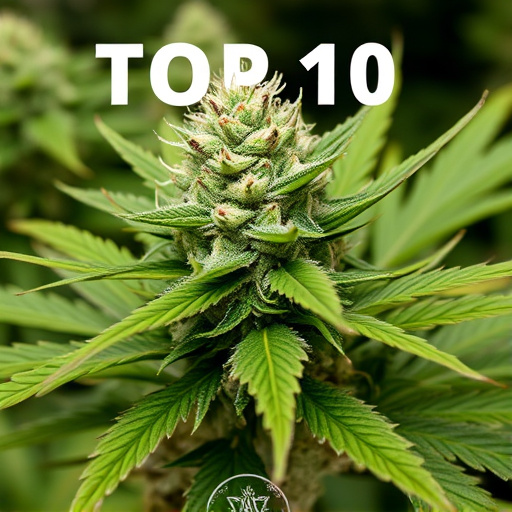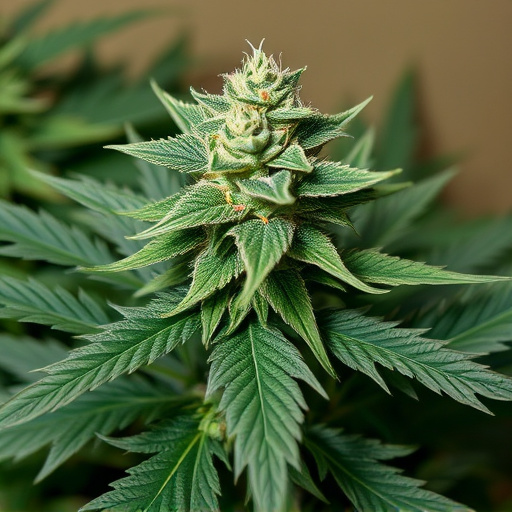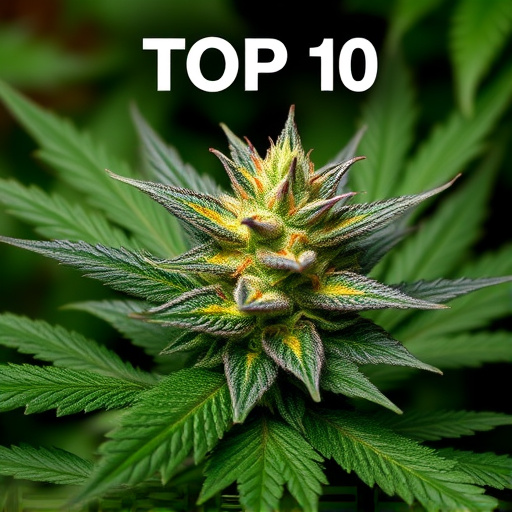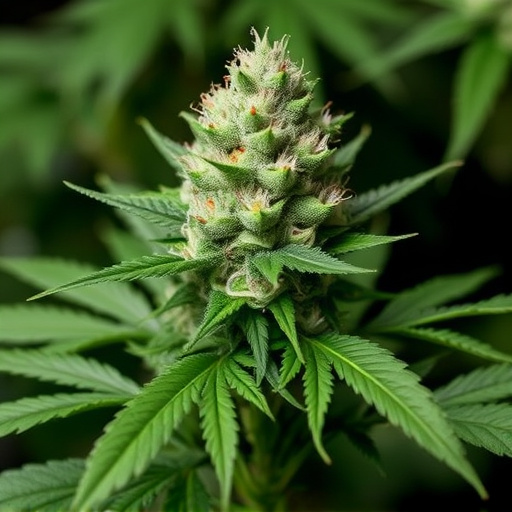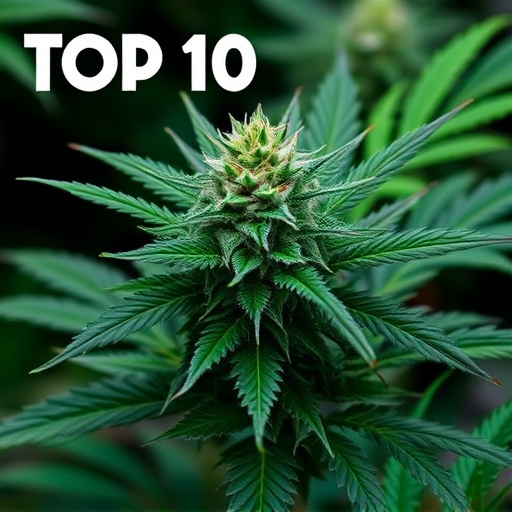The absorption of cannabinoids like THC and CBD in cannabis is temperature-sensitive, with fat-soluble compounds binding to body fats at lower temperatures (204-238°C) and altered structure at higher temperatures. To maximize bioavailability, consumers should heat cannabis appropriately based on desired effects. The "top 10 strains of cannabis" can be enjoyed at optimal temperatures via smoking, ingestion, or vaporization for tailored experiences.
Temperature plays a pivotal role in how your body absorbs THC and CBD from cannabis. This article delves into the science behind temperature’s impact on cannabinoid bioavailability, exploring how chemical transformations at different temperatures affect potency and profiles. We also rank the top 10 cannabis strains based on their temperature sensitivity, highlighting variations across high-THC, high-CBD, and balanced options. Additionally, we provide practical tips for optimal consumption, ensuring safe and effective use through temperature-tailored methods.
- The Science Behind Temperature and Cannabinoid Absorption
- – How temperature impacts the bioavailability of THC and CBD
- – Chemical changes at different temperatures
The Science Behind Temperature and Cannabinoid Absorption

The science behind temperature and cannabinoid absorption is fascinating, especially considering how it influences the effects users experience from different cannabis strains. Cannabinoids like THC (tetrahydrocannabinol) and CBD (cannabidiol) are fat-soluble compounds, meaning they’re absorbed into the body through fat tissues rather than directly by blood vessels. This is why temperature plays a significant role—it impacts the viscosity of cannabinoids, affecting their solubility and absorption rate.
At lower temperatures, these cannabinoids tend to be more viscous, or thick, making them less soluble in water. This property allows them to bind more efficiently with fat molecules in our bodies, explaining why eating cannabis-infused edibles on a full stomach is often recommended. Conversely, higher temperatures can alter the molecular structure of cannabinoids, potentially changing their potency and bioavailability. Knowing this dynamic interaction between temperature and cannabinoid absorption empowers users to make informed choices when selecting strains from the top 10 strains of cannabis, tailoring their experience based on desired effects and consumption methods.
– How temperature impacts the bioavailability of THC and CBD
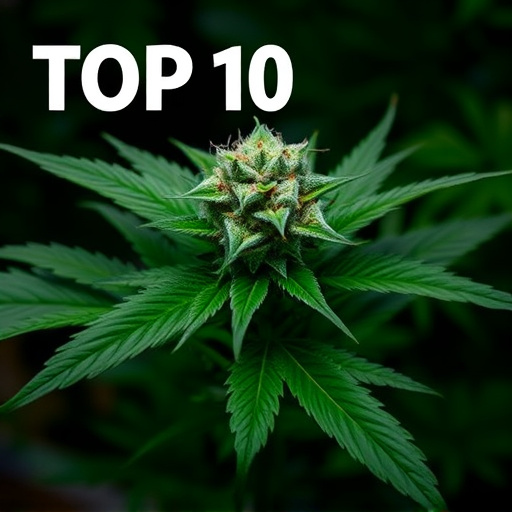
Temperature plays a significant role in determining the bioavailability of THC and CBD, which can influence how effectively these compounds are absorbed by the body. When cannabis is consumed, whether through smoking, vaping, or ingestion, the temperature at which it’s heated or consumed can significantly impact the conversion of cannabinoids into their active forms. Optimal temperatures for maximizing THC and CBD absorption vary, but generally, a range between 157°F to 230°F (70°C to 110°C) is considered ideal.
For example, smoking or vaping cannabis at lower temperatures (around 400-460°F or 204-238°C) can preserve more cannabinoids, including THC and CBD, as these temperatures are below the point where these compounds degrade. In contrast, higher temperatures can enhance the absorption of THC by converting it into its vapor phase, making it easier for the body to absorb. This is why many cannabis enthusiasts recommend consuming top 10 strains known for their high THC or CBD content at specific temperature ranges to ensure optimal effects and maximize the bioavailability of these compounds.
– Chemical changes at different temperatures

Cannabis compounds like THC and CBD are sensitive to temperature, undergoing chemical changes that can alter their absorption and effects. At lower temperatures, these compounds tend to be more stable and less prone to degradation. This is why cold extraction methods are often used to create high-quality cannabis oils and concentrates, ensuring the preservation of their potent molecules.
When cannabis is heated, whether through smoking or ingestion, the temperature can significantly impact the chemical makeup of THC and CBD. Different temperatures facilitate different reactions, leading to variations in absorption rates. For instance, heating cannabis to specific ranges can enhance the bioavailability of these compounds, making them more accessible to the body’s systems. This is one reason why some consumers prefer methods like vaporization, as it offers a more controlled temperature environment, potentially allowing for a more efficient and targeted high among the top 10 strains of cannabis.
Understanding how temperature influences the absorption of THC and CBD is key to optimizing their efficacy, especially when considering the popularity of cannabis among the top 10 strains. By manipulating consumption methods and environmental conditions, users can enhance the bioavailability of these compounds, ensuring a more potent and effective experience. The scientific insights provided here offer valuable guidance for cannabis enthusiasts seeking to maximize the benefits of their preferred strains.

